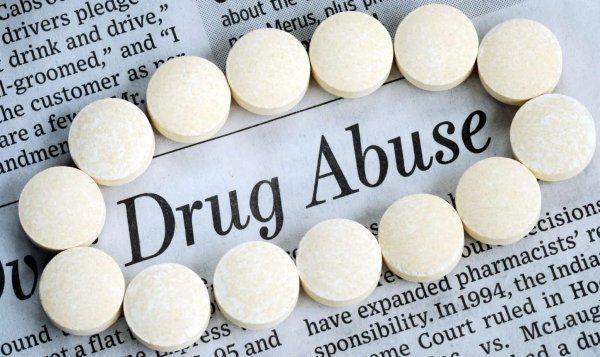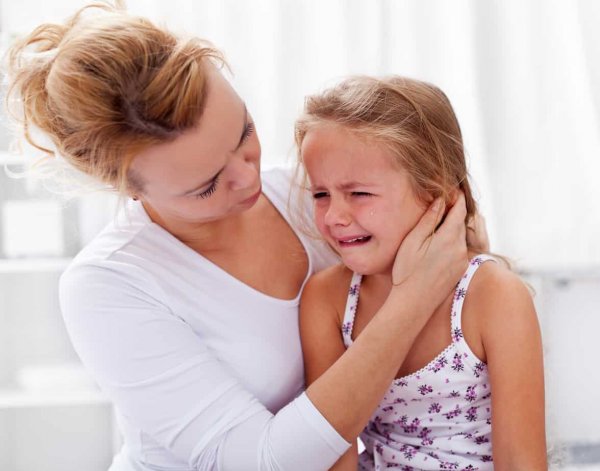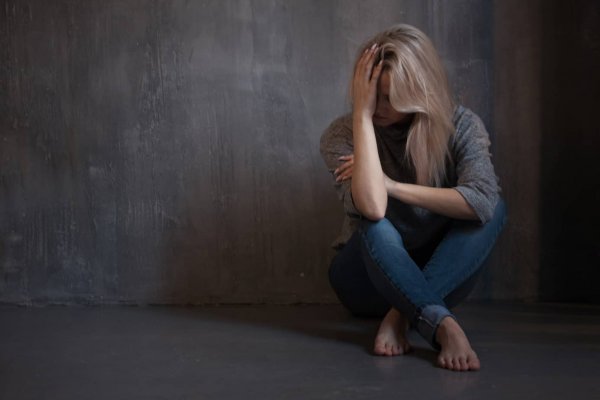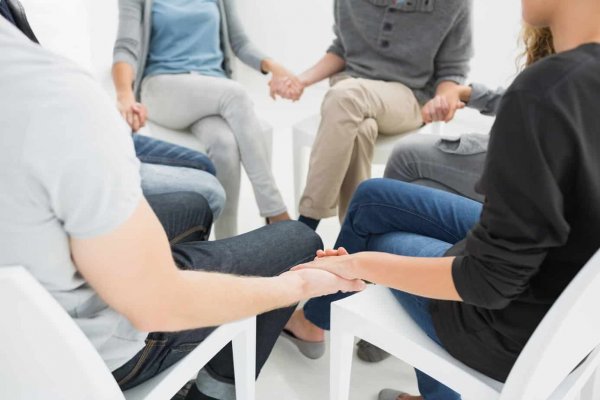Death by suicide is barred none one of the most difficult ways in which a loved one can die. The aftermath presents an emotionally challenging situation for survivors of suicide loss. This includes facing the prospect of suicide cleanup following a traumatic death of this nature. Survivors of suicide loss, typically family members, face the tremendous task of seeing to the remediation of the scene. The additional emotional toll that suicide cleanup can vest upon survivors underscores the need for compassionate professional assistance.
With few exceptions, one of the most emotionally traumatic events that can occur during the course of a lifetime is the loss of a loved one by suicide. The challenges faced by a suicide loss survivor fairly can be called overwhelming. With these realities noted, there are five self-help strategies that can be beneficial to…
There are few situations in life that are more traumatic – indeed, devastating – than the loss of a loved one by suicide. If you’ve found yourself a suicide loss survivor, your life may seem understandably bleak at the moment. Recognizing that grim reality, there are six truths that a survivor of suicide loss needs…
On the list of potential tragedies that can happen during the course of a lifetime, one of the most intensely sorrowful is the loss of a family member or friend to death by suicide. As a result of what appropriately can be called the high suicide rate in the United States, which is likely to…
One of the most traumatic and heartbreaking events that can occur in a person’s life is the suicide of a loved one. In addition to the death itself, the aftermath of the loss of a loved one by suicide can be overwhelming. On this list of tasks to tend to is dealing with the deceased…
When it comes to traumatic events, nothing is so uniquely crushing as the death of a loved one by a self-inflicted gunshot. The suicide of a family member or other loved one is always highly challenging. When an individual takes his or her own life using a firearm, the aftermath for loved ones is even…
A traumatic, virtually overwhelming experience is dealing with the aftermath of a suicide. Survivors of suicide loss, including friends and family, can be left in this position. In addition, landlords and property managers can also face a situation involving the need for suicide cleanup. There are five key guidelines that you need to bear in…
One of the most challenging of circumstances that life can present is the death of a family member in your home or of another individual in a residence for which you bear ultimate responsibility. There are different types of deaths that necessitate what technically is known as a death cleaning or biohazard remediation as a…
One of the most shattering experiences is the loss of a family member or other loved one by suicide. The tragic, traumatic loss becomes more complicated and overwhelming when death occurs in the home. A survivor of suicide loss not only faces seemingly insurmountable grief but also a good deal of confusion as to what…
Suicide is classified as a major public health problem in the United States, according to the National Institute of Mental Health. In order to get a clearer picture of the problem and the prevalence of suicide in the United States, considering some key statistical information may be helpful. General Suicide Statistical Data Across the United…
Suicide remains a relatively widespread problem in the United States. There are some professions that have more persistently higher suicides rates than is found among the general public. The medical profession more broadly is particularly laboring under a considerably higher percentage of suicides that is found in the general population. The Hard Facts: Suicide Statistics…
Suicide is the tenth leading cause of death in the United States. Over 47,000 people took their own lives in 2017, according to the American Foundation for Suicide Prevention, the last year a full set of statistics are available regarding suicide. There are an estimated 1.4 million suicide attempts in the country annually. 11 million…
A recurring concern of the family and friends of a person laboring under substance abuse addiction is that a user may overdose and die. In the alternative, loved ones worry that a person laboring under the cloud of addiction may suffer a serious or even fatal accident while under the influence. What a good number…
Everybody knows that music can resonate in the soul. Sad and beautiful songs can pull at our emotions while bouncy, happy tracks can make us want to get up and dance. At a surface level, music is easy to understand. We connect with the words and sounds, but did you know that music can actually…
There may be no greater pain known to man than that of losing someone you love to suicide. Suicide in and of itself is an act that can be impossible to comprehend for most people. With that being said, suicide is a plague that has wreaked havoc on families of every class and demographics. While…
One of the most horrific situations that can occur in the course of a lifetime is to lose a family member by suicide. The traumatic aftermath of a suicide is magnified if a person takes his or her own life in a violent manner in the home. Suicide clean up when a person takes his…
Suicide is the 10th leading cause of death in the United States, according to the American Foundation for Suicide Prevention. Survivors of suicide loss are left behind to attempt to come to terms with the loss of a loved one. The wintertime holiday season oftentimes proves to be particularly challenging for survivors of suicide loss.…
Approximately 300 workplace suicides occur each year in the United States, according to the U.S. Bureau of Labor Statistics. In the aftermath of a workplace suicide, company managers need guidance on how to best respond to the loss of an employee. In addition, company managers need to understand effective strategies that are designed to more…
Introduction Chapter 1: The Vital Importance of Self-Care after the Suicide of a Loved One Chapter 2: Understand the Essentials of the Loss of a Loved One by Suicide Chapter 3: Address the Immediate Aftermath of Suicide Chapter 4: Support Young Person in the Healing Process Chapter 5: Understand the Suicide Grief Process for Children and Teens Conclusion: Does a Child…
Introduction Chapter 1: The Vital Importance of Self-Care after the Suicide of a Loved One Chapter 2: Understand the Essentials of the Loss of a Loved One by Suicide Chapter 3: Address the Immediate Aftermath of Suicide Chapter 4: Support Young Person in the Healing Process Chapter 5: Understand the Suicide Grief Process for Children and Teens Conclusion: Does a Child…
Introduction Chapter 1: The Vital Importance of Self-Care after the Suicide of a Loved One Chapter 2: Understand the Essentials of the Loss of a Loved One by Suicide Chapter 3: Address the Immediate Aftermath of Suicide Chapter 4: Support Young Person in the Healing Process Chapter 5: Understand the Suicide Grief Process for Children and Teens Conclusion: Does a Child…
Introduction Chapter 1: The Vital Importance of Self-Care after the Suicide of a Loved One Chapter 2: Understand the Essentials of the Loss of a Loved One by Suicide Chapter 3: Address the Immediate Aftermath of Suicide Chapter 4: Support Young Person in the Healing Process Chapter 5: Understand the Suicide Grief Process for Children and Teens Conclusion: Does a Child…
Introduction Chapter 1: The Vital Importance of Self-Care after the Suicide of a Loved One Chapter 2: Understand the Essentials of the Loss of a Loved One by Suicide Chapter 3: Address the Immediate Aftermath of Suicide Chapter 4: Support Young Person in the Healing Process Chapter 5: Understand the Suicide Grief Process for Children and Teens Conclusion: Does a Child…
“Every man’s life ends the same way. It is only the details of how he lived and how he died that distinguish one man from another.” ―Ernest Hemingway There is truth to what Ernest Hemingway writes. The aftermath of a loved one’s suicide can prove extremely painful and challenging. In many ways, suicide is the…
Survivors of Suicide Loss has a group of volunteers who will email and talk with you on the phone about your loss of a loved one through suicide. These volunteers have all lost someone they love through suicide and have an intimate understanding of what you are going through. There is no charge for this…
Nearly 45,000 people took their own lives in the United States in 2016 (the last year a full set of data is available). Suicide is on the list of the top 10 causes of death in the country. Approximately 4,300 Californians took their lives in 2016. California is ranked 46 when it comes to the…
Little is written to provide guidance and understanding about what it is like to lose your mother, or either parent, by suicide. Perhaps the most important bit of advice about losing a parent to suicide comes from Bryan Behar. Bryan is a longtime writer of American situation comedies – perhaps not the most likely resource…
The death of a loved one can be devastating. When a family member or friend takes his or her own life, the devastation you feel can be magnified manifold. If you have lost an important person in your life to suicide, you are far from being alone. The American Foundation for Suicide Prevention estimates that over 44,000…
One person commits suicide in the United States every 16 minutes, on average, according to Do Something. Suicide is the tenth leading cause of death in the United States. In addition, suicide is the third leading cause of death for people between the ages of 15 to 24 and it is the second leading cause of…
The loss of a loved one by suicide truly can be a positively devastating occurrence. In the aftermath of a loved one’s suicide, your life nearly certainly feels positively upended. There are some vital, healthy strategies that can assist you in embarking on a healthy, healing course of grieving. Expect Powerful Emotions One of the most important…
By Mike Over the course of the past couple of months, I have read quite a number of essays, blog posts, and other pieces written by friends, colleagues, and strangers on the subject of suicide. Just this morning I read a post on Facebook by a priest who made mention of the death by suicide…
Dr. Karl Menninger, the founder of the world-renowned Menninger Foundation, once stated that “hope is a necessity for normal life and the major weapon against the suicide impulse.” Every day, men, women, and even children across the United States and around the world end their own lives. The stark reality is that the suicide of a…
Headlines from the Los Angeles Times and other media outlets in Southern California convey the grim reality that suicide impacts the lives of many different types of people. Man Throws Wife to Street, Kills Self Slaying Suspect Barricades Self, Commits Suicide Man, 35, Dies in Leap From Downtown Courthouse Actor Jerry Van Dyke’s Daughter Found Hanged Studio…
Didi Hirsch Mental Health Services established the Survivors After Suicide program in 1980. A former participant in the program explained the mission of the program. Ben agreed to an interview and asked that only his first name be used. He explained that Survivors After Suicide is to provide support for people bereaving the suicide of…













